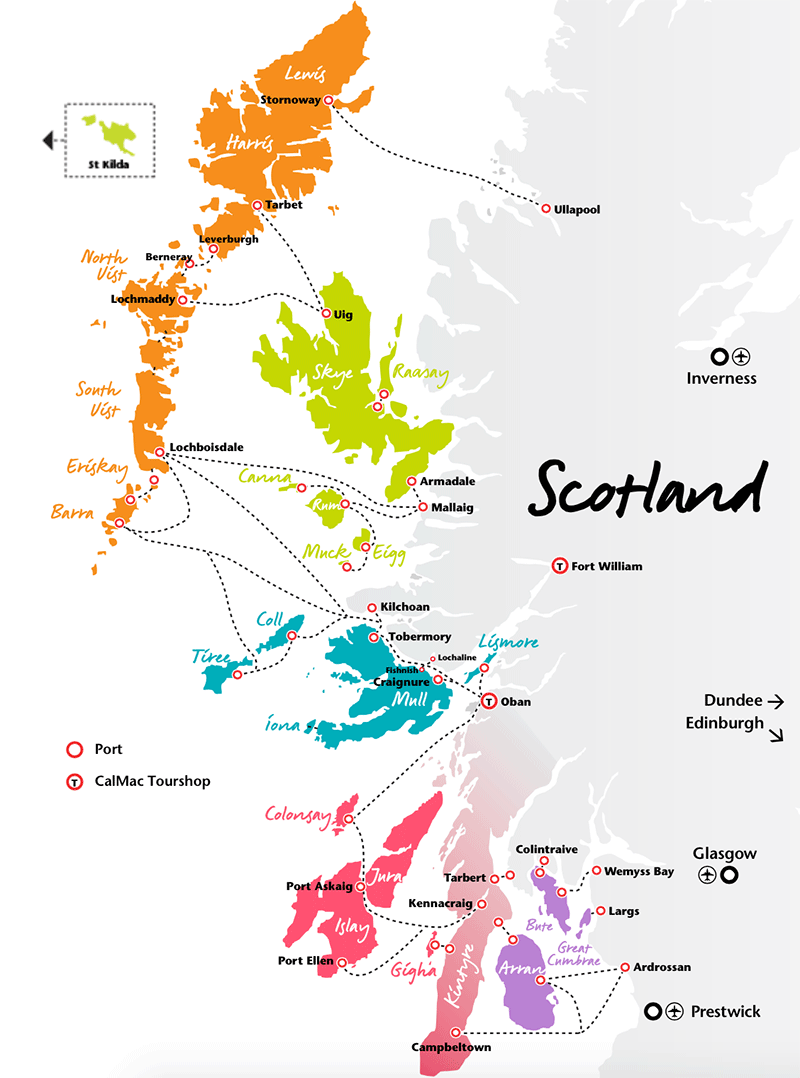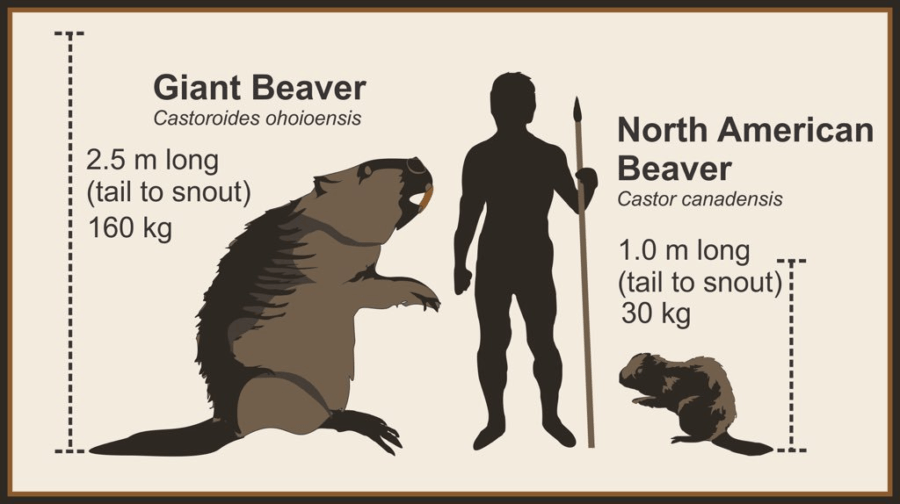During fall of 1773 Samuel Johnson and James Boswell traveled together on the western islands of Scotland, also known as the Hebrides. They wrote separate accounts about this journey, and both are included in a volume I’ve been reading for the past couple of weeks. Samuel Johnson frequently noted and joked about the scarcity of trees in the region. I wondered why a temperate locality with plenty of precipitation was mostly treeless, so I researched the natural history of western Scotland and learned there is a fascinating and complex ecological explanation.

Map of the Western Hebrides. Johnson and Boswell traveled on the inner islands.

Scottish peat bog and heather. These are also known as moors.
The first explanation I found on google seemed implausible and I was right. Some claimed the Vikings stripped the island of trees to prevent rivals from using the wood to build boats. This is an unlikely explanation because a people who lived by pillaging would not be keen on all the labor required in felling and removing all that lumber. Moreover, trees would grow back within a generation. I dug deeper and found a better, more scientifically sound explanation.
During the Ice Age glaciers completely covered Scotland, and there were no trees. 11,400 years ago, the glaciers retreated and a scrub forest of birch, willow, hazel, and rowan advanced over the tundra. These scrub forests co-existed with peat bogs. By 8500 years ago, oak, elm, and Scotch pine began to grow as well but were uncommon and local in distribution on the Hebrides. From 9300 years BP-7900 years BP open woodlands of birch, willow, aspen, and hazel with plenty of grassy meadows between the trees prevailed. But then, peat bogs began to expand while areas consisting of woodlands contracted so that by 2500 years ago peat bogs were the dominant environment on the Western Hebrides. This predates the Viking invasion by 1500 years. Instead, natural disturbance and soil chemistry shaped the landscape of the region.
Severe storm events about 8000 years ago felled the trees. Without trees drinking up the water, the water table rose. Tree deaths caused a positive feedback loop for peat bog expansion at the expense of woodlands. The cool moist climate slows down evaporation, and the water just sits on impervious bed rock. Water dissolves acids in the rock, further helping the growth of acid-loving sphagnum peat and heath but reducing the fertility in the soil required by trees. Peat bogs are dominated by sphagnum peat, sedges, and carnivorous plants, while heath grows on the better drained sites. Trees just can’t grow in these conditions.
About 400 years ago humans cleared the remaining woodlands on the islands and converted them to agricultural use. Now, an organization known as the Hebridean Ark hopes to re-establish at least some forests on the islands. They’ve planted 100,000 trees including rowan, birch, willow, hazel, juniper, and aspen. According to Johnson and Boswell, attempts to plant trees on the islands during the 18th century mostly failed. Modern scientists may have a better idea of what they are doing, however.
References:
Fossitt
“Late Quaternary Vegetation History of the Western Isles of Scotland”
New Phytologist 132 1996
Johnson, S. and James Boswell
A Journey to the Western Islands of Scotland and The Journal of a Tour to the Hebrides
Penguin Classics 1984











